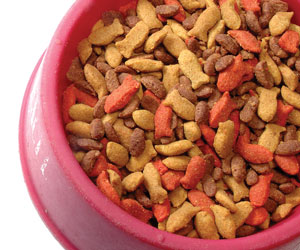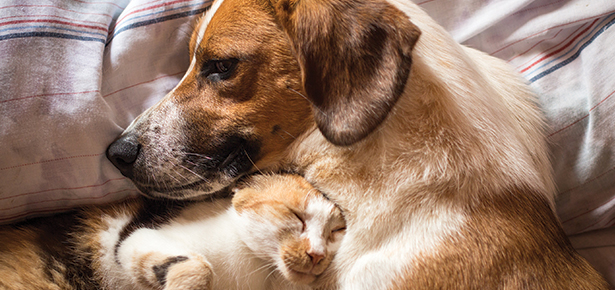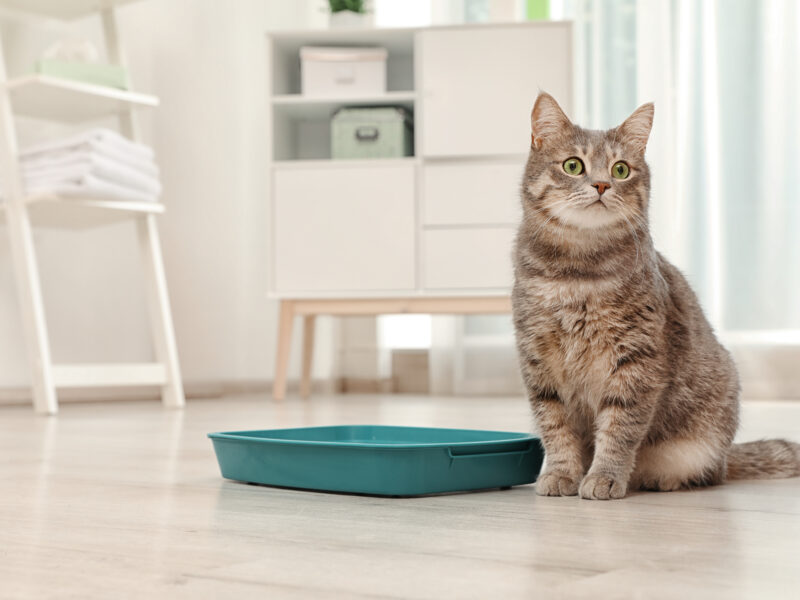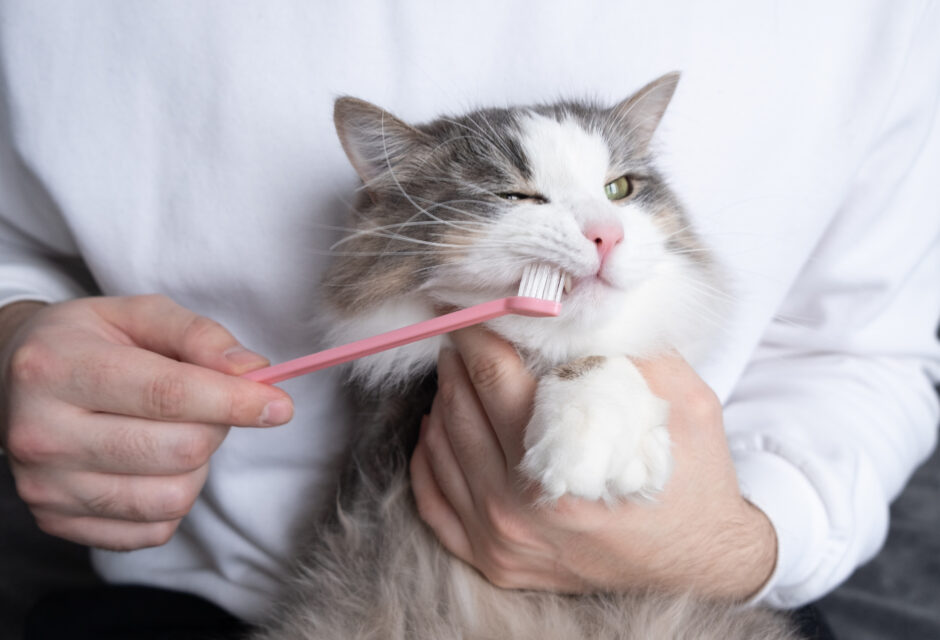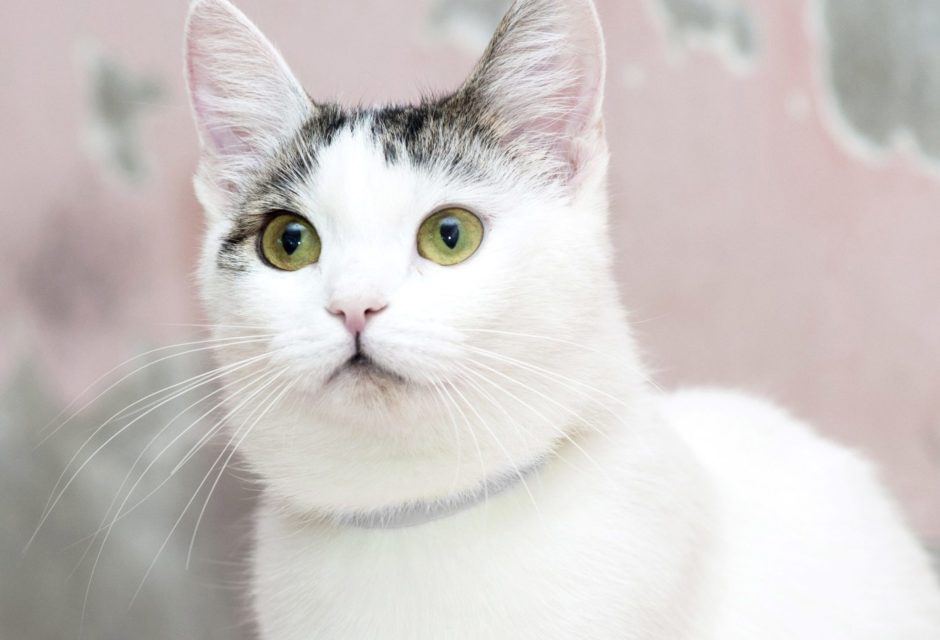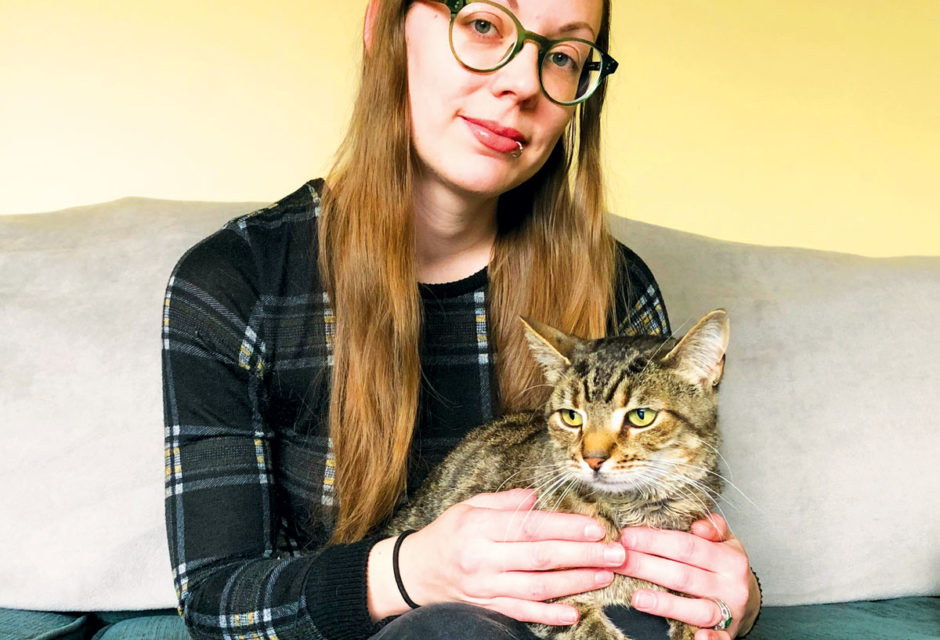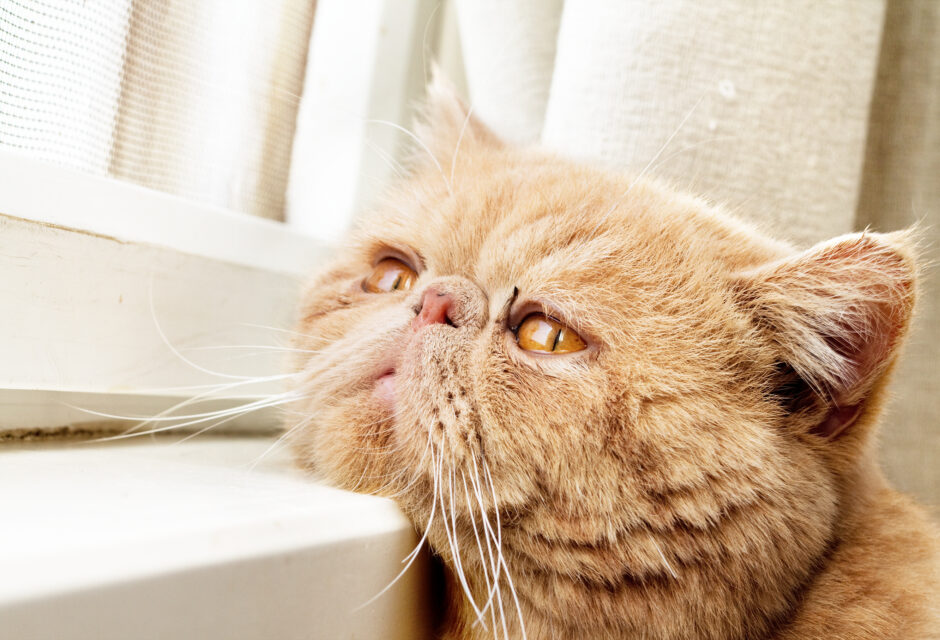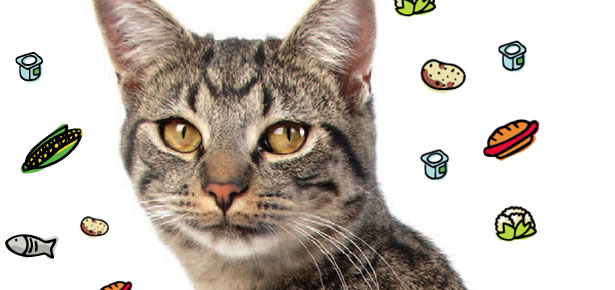

Secrets to Good Feline Health—#1
Seven secrets to choosing the best food for your cat
Secret #1: Tinned food vs. dry food
There is some controversy around cat food and whether tinned or “wet” food is better than dry. While any well balanced ration will meet your cat’s nutrient needs, there are a few points in favour of canned foods. Tinned cat food typically contains 70 to 80 percent moisture, while dry cat food typically contains 5 to 10 percent moisture. If you have a cat that needs to consume more water, such as a cat with bladder stones or crystals, feeding a wet food may be a good way of getting that water into her. Cats are notoriously poor drinkers, and allowing cats to get a portion (in some cases half) of their daily water requirement through their food can be very helpful.
Wet foods tend to have fewer grains or carbohydrates added to them and tend to be higher in protein than dry foods. Since cats are carnivores, it’s very important for them to have protein from animal sources. One argument in favour of a kibble-based diet is that it is better for a cat’s dental health; however, unless you’re purchasing a specific dental diet kibble, most dry foods do not provide enough abrasion to prevent tartar build up on teeth. If this is a concern for your cat, talk to your vet about options for oral hygiene.
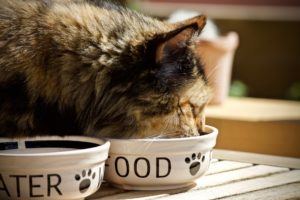
Want More? Read the next secret >>
Join the newsletter and never miss out on cat content again!
"*" indicates required fields
By clicking the arrow, you agree to our web Terms of Use and Privacy & Cookie Policy. Easy unsubscribe links are provided in every email.





